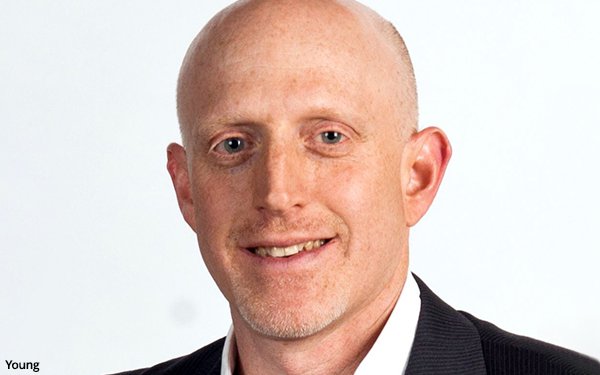
Like everyone, B2B publishers are uncertain of
how to cope with so-called third-party cookie deprecation.
Cookies are going away, and “a lot of signal is going to be lost,” says Jason Young, CEO of Northstar Travel Group,
a B2B publisher and marketing firm serving the travel industry.
But B2B media firms like Young’s have built-in assets and a strategy for dealing with the
problem. This plan has two components: first-party data; and context – how the audience is interacting with content.
Audiences share their information as they engage
with you, and you can see “the contextual nature of those engagements,” Young explains. “As long as you have the right permissions and platforms, you’re building a tremendous
asset.”
advertisement
advertisement
Up to now, the cookie has been the primary mechanism of the ad tech industry. Young adds, “Its removal has profound impact and meaning.”
But some players may have a built-in remedy for that based on such assets as firmographic information and intent signals.
“So much of the digital ad world is
about third party trading through modeled data and cookies--contextual moments,” Young says.
He immodestly notes that even without cookies, “we’ve
got all of that.” All it takes is “a trusted brand relationship with the audience through conferences, content and information products. The relationship is built in that value
exchange.”
Case in point: B2B publishers like Northstar provide “website content, newsletter content, webcasts, virtual events,” Young contends. “We
are intersecting across the digital landscape.”
This cookie removal problem has caused widespread concern not only in publishing but in the general marketing
field.
“Cookies were always going to have their deprecation moment,” Ryan Phelan, CEO of email agency RPE Origin, recently said. “Since the
early privacy laws, it was on the roadmap. It’s just come time for the band aid to be ripped off.”
Phelan pointed out that dependence on third-party cookies has “taken
us away from the primacy of the email address as a primary identifier. Attribution has been confusing for years, but the email address, carried through from acquisition to conversion, attaches the
attribution that marketers need.”
Phelan conceded that “third party cookies were easy and making that same attribution link through first party was
“harder, but possible.”
Young was CEO of Ziff Davis for five years leading up to its sale in 2010. He has since owned and/or led several service organizations,
but last year returned to publishing at Northstar. He has also seen the cookie challenge problem up close.
What do publishers need? “A lot
starts with having the right assets to capture, to house, to segment and to activate the audience and the audience data, Young answers. “The CDP and the supporting data lakes are a critical
starting point.”
Young adds, “If you are a publisher and do not have a known relationship with your users, you're not advantaged in ways I’m
describing.” Some publishers “don’t have their own first-party asset,” he adds. “Bad, bad, bad.”
Young
concludes that publishers with first-party relationships at scale “exponentially become more effective.”
And he argues that contextual is “the hottest part of the overall ad
market.” If you are interested in baked beans and Goya Beans puts an ad there, "it’s the most valuable space.”